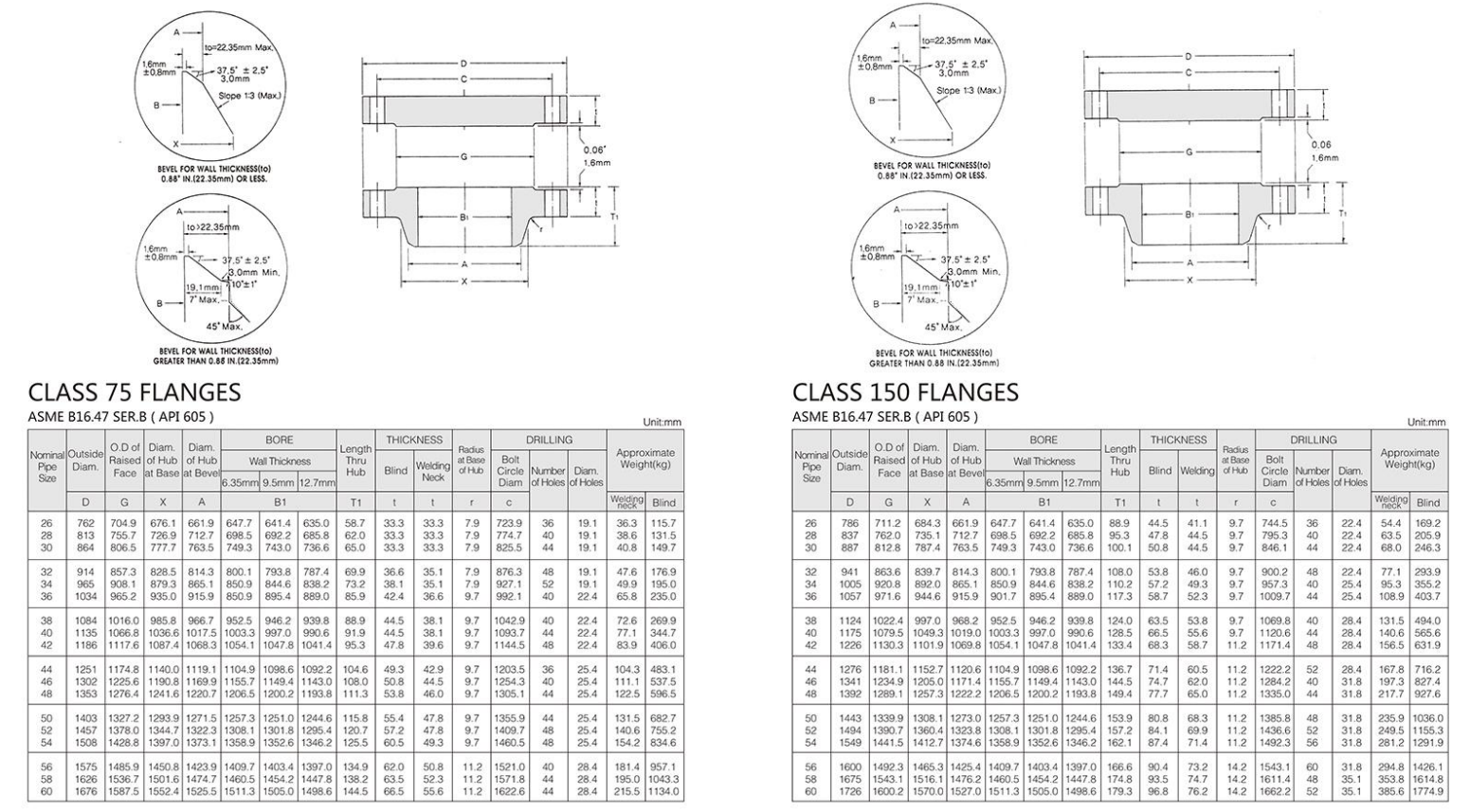-
Cangzhou Yulong Steel Co., Ltd.
-
Phone:
+86 13303177267 -
Email:
admin@ylsteelfittings.com
- English
- Arabic
- Italian
- Spanish
- Portuguese
- German
- kazakh
- Persian
- Greek
- French
- Russian
- Polish
- Thai
- Indonesian
- Vietnamese
- Zulu
- Korean
- Uzbek
- Hindi
- Serbian
- Malay
- Ukrainian
- Gujarati
- Haitian Creole
- hausa
- hawaiian
- Hebrew
- Miao
- Hungarian
- Icelandic
- igbo
- irish
- Japanese
- Javanese
- Kannada
- Khmer
- Rwandese
- Afrikaans
- Albanian
- Amharic
- Armenian
- Azerbaijani
- Basque
- Belarusian
- Bengali
- Bosnian
- Bulgarian
- Catalan
- Cebuano
- China
- China (Taiwan)
- Corsican
- Croatian
- Czech
- Danish
- Esperanto
- Estonian
- Finnish
- Frisian
- Galician
- Georgian
- Kurdish
- Kyrgyz
- Lao
- Latin
- Latvian
- Lithuanian
- Luxembourgish
- Macedonian
- Malgashi
- Malayalam
- Maltese
- Maori
- Marathi
- Mongolian
- Myanmar
- Nepali
- Norwegian
- Norwegian
- Occitan
- Pashto
- Dutch
- Punjabi
- Romanian
- Samoan
- Scottish Gaelic
- Sesotho
- Shona
- Sindhi
- Sinhala
- Slovak
- Slovenian
- Somali
- Sundanese
- Swahili
- Swedish
- Tagalog
- Tajik
- Tamil
- Tatar
- Telugu
- Turkish
- Turkmen
- Urdu
- Uighur
- Welsh
- Bantu
- Yiddish
- Yoruba

Nov . 07, 2024 13:40 Back to list
Techniques and Challenges in High-Pressure Pipe Welding for Industrial Applications
High Pressure Pipe Welding Techniques, Challenges, and Best Practices
High pressure pipe welding is a critical process in various industries such as oil and gas, chemical manufacturing, power generation, and water management. The integrity of welded joints in high-pressure pipelines is vital, as any failure can lead to catastrophic consequences, including leaks, explosions, and environmental damage. This article explores the techniques, challenges, and best practices associated with high pressure pipe welding.
Understanding High Pressure Pipe Welding
High pressure pipe welding involves joining pipes designed to withstand high internal pressures, typically above 1000 psi. These pipes are often made from high-strength materials like carbon steel, stainless steel, or other alloys that can endure extreme environmental conditions. The welding process must create strong, leak-proof joints that can handle not only high pressure but also fluctuating temperatures and corrosive substances.
Welding Techniques
There are several welding techniques used for high-pressure pipes, each with its advantages and specific applications. Among the most common methods are
1. Shielded Metal Arc Welding (SMAW) This is a manual welding process that uses a consumable electrode coated with flux. SMAW is versatile and can be used in various positions, making it suitable for fieldwork and repair applications.
2. Gas Tungsten Arc Welding (GTAW) Also known as TIG welding, GTAW uses a non-consumable tungsten electrode and an inert gas for shielding. This method provides precision and high-quality welds, making it ideal for stainless steel and other alloys commonly used for high-pressure pipes.
3. Gas Metal Arc Welding (GMAW) Known as MIG welding, this technique uses a continuously fed consumable wire electrode and an inert gas. GMAW is faster than GTAW and is becoming increasingly popular for high-pressure applications due to its efficiency.
4. Submerged Arc Welding (SAW) This method involves the formation of an arc between a continuously fed electrode and the workpiece, with the arc submerged under a blanket of granular flux. SAW can produce deep weld penetration, making it suitable for thick-walled pipes.
Challenges in High Pressure Pipe Welding
Welding high-pressure pipes presents several unique challenges
- Material Selection The choice of material plays a crucial role in the success of the welding process. Different materials have varying thermal and mechanical properties, which can affect weldability and the performance of the final joint.
high pressure pipe welding

- Heat Management High temperatures during welding can cause distortion, warping, or changes in material properties
. Managing heat input is crucial to avoid compromising the mechanical integrity of the pipe.- Quality Control Ensuring the quality of the weld is essential. Non-destructive testing (NDT) methods, such as radiographic or ultrasonic testing, are often employed to detect internal flaws that could lead to failures.
- Environmental Factors Welding in outdoor conditions can introduce challenges such as wind, rain, or extreme temperatures. These factors can affect the welding process, necessitating additional precautions or adaptations.
Best Practices
To achieve successful high-pressure pipe welding, following best practices is essential
1. Preparation Properly prepare the surfaces to be welded by cleaning and removing any contaminants that could compromise the weld quality.
2. Welding Procedures Develop and follow a stringent welding procedure specification (WPS) that outlines the accepted parameters, including heat input, travel speed, and filler material.
3. Skilled Personnel Employ skilled and certified welders familiar with high-pressure pipe welding techniques. Ongoing training and assessments ensure that welders maintain high standards.
4. Post-Weld Heat Treatment Depending on the materials used and the application of the pipes, post-weld heat treatment may be necessary to relieve residual stresses and enhance mechanical properties.
5. Routine Inspection Implement a robust inspection regime to identify any issues early in the process. Regular monitoring can help prevent failures and ensure the integrity of the piping system.
Conclusion
High pressure pipe welding is a complex but essential process that demands precision, skill, and a comprehensive understanding of materials and techniques. By adhering to best practices and addressing the inherent challenges, industries can ensure the safety and reliability of their high-pressure piping systems, thus safeguarding both personnel and the environment. As technology evolves, continued innovation in welding methods will further enhance the effectiveness and efficiency of high-pressure pipe welding.
Latest news
-
ANSI 150P SS304 SO FLANGE
NewsFeb.14,2025
-
ASTM A333GR6 STEEL PIPE
NewsJan.20,2025
-
ANSI B16.5 WELDING NECK FLANGE
NewsJan.15,2026
-
ANSI B16.5 SLIP-ON FLANGE
NewsApr.19,2024
-
SABS 1123 FLANGE
NewsJan.15,2025
-
DIN86044 PLATE FLANGE
NewsApr.19,2024
-
DIN2527 BLIND FLANGE
NewsApr.12,2024
-
JIS B2311 Butt-Welding Fittings LR/SR 45°/90° /180°Seamless/Weld
NewsApr.23,2024











